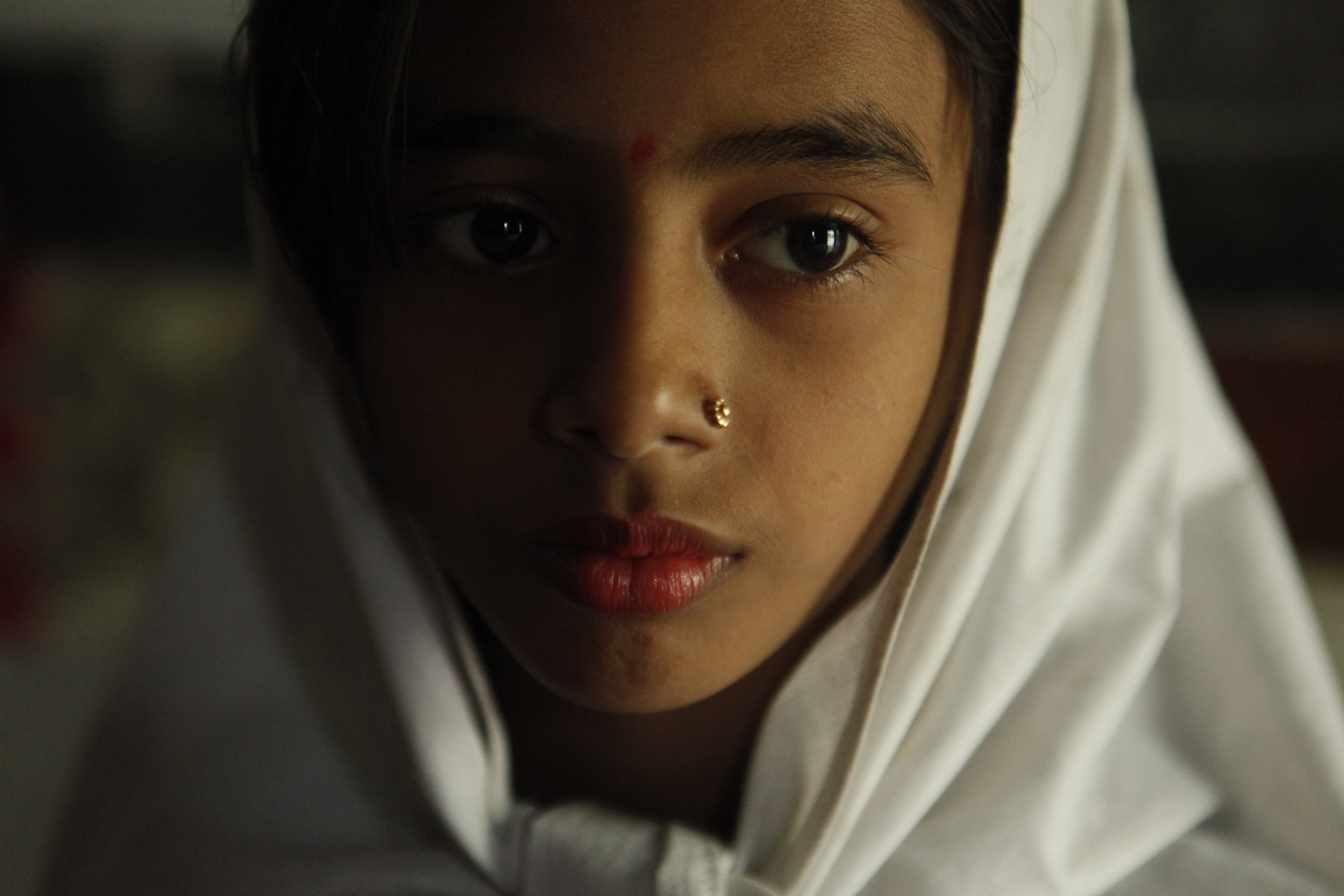PARTNER PROJECT

THE PROJECT
In 2010, Doctors Without Borders/Médecins Sans Frontières (MSF) and VII Photo launched Starved for Attention, an international multimedia campaign to rewrite the story of childhood malnutrition.
Starved for Attention has been nominated for a News and Documentary Emmy Award, a milestone recognition of an innovative form of advocacy journalism.
Petition signatures were collected from people around the world who joined us in demanding that donor nations stop supplying nutritionally substandard food to malnourished children.
Congo: The Malnutrition That Shouldn’t Be
In one of the most verdant and lush landscapes on the planet, where almost every conceivable fruit and vegetable grows, children are nonetheless malnourished. The brutal, unremitting armed conflict in North Kivu Province, in the northeast of the Democratic Republic of Congo, has uprooted over one million people from their homes, forcing them to flee their fields and sources of sustenance. Those who remain are invariably pillaged by marauding combatants. In a land of plenty, children are forced to go without.
In a somber, yet bold, reportage, photographer Franco Pagetti reveals the daily struggle to survive in North Kivu’s forbidding bush and teeming, fetid displaced persons camps, where food is scarce and the people are on edge, ready to run at a moment’s notice. He follows Bahati, a severely malnourished 12-month-old boy—born displaced rather than on his father’s farm—and documents the efforts of a Doctors Without Borders team trying to save him and hundreds of other children cut off from the nutritious food they need.
Burkina Faso: A Mother’s Devotion
Natasha, a young mother living in a poverty-stricken village in rural Burkina Faso, struggles to keep her year-and-a-half-old son Alexi well nourished. Alone at 24, she scavenges firewood to sell in the market. Her meager earnings force an impossible choice: between buying food or medicine for her three kids. It’s one or the other, and they need both. “There is fish, which is full of vitamins; that’s why I prefer it – but I don’t have enough money for it,” she tells photographer Jessica Dimmock, whose photographs and video tenderly capture the heartbreaking emotional strains experienced by a young, hardworking mother simply trying to feed her children. She can cultivate millet, a common grain that fills stomachs but has no real nutritional value.
Natasha’s dilemma sharpens during the “lean season” – the annual four-month period between harvests in parts of Africa’s Sahel region. It’s during this hunger gap when growing children like Alexi are especially vulnerable. A Doctors Without Borders therapeutic feeding program keeps him and other malnourished children alive. Over the last three years, more than 40,000 children have been treated in Burkina Faso. Revolutionary, nutrient-rich ready-to-use foods are distributed to Natasha and scores of other mothers, who feed their children at home, nourishing them back to life.
Bangladesh: Terrifying Normalcy
Bangladesh stands apart among malnutrition hotspots: according to UNICEF, almost half of all children under five are malnourished. One third of child mortality is caused by severe malnutrition. In a vicious circle, malnourished mothers give birth to stunted and underweight babies. Those lucky enough to survive become undernourished girls who go on to become undernourished mothers. And the cycle continues. Malnutrition is simply a part of life.
On the island of Bhola, at the mouth of the Meghna River in southern Bangladesh, children suffer from one of the country’s highest rates of severe acute malnutrition (SAM). Photojournalist Ron Haviv traveled there to document how food insecurity, rapid climate change and poverty, intersect to make malnutrition so pervasive on this densely populated island. In his intimate portraits, Haviv captures the resignation with which Bhola’s malnourished mothers and children accept a chronically meager food supply.
Mexico: A Solution Within
A young woman in labor bounces in a pick-up truck as it races down a rutted mountain road deep in rural Oaxaca State, Mexico, rushing to a birthing clinic. The professionally staffed and well-equipped health outpost is part of a vast, nationwide program—Oportunidades—that meets the immediate health and nutritional needs of pregnant mothers and young children. A healthy delivery marks the continuation of the child’s care under Oportunidades’s auspices: he will be followed up with home visits and provided with nutritional support. The program is a literal lifeline: a social safety net that is tackling the most prevalent, chronic forms of malnutrition. And it’s free. Mexico devotes $4 billion a year to target its most vulnerable citizens. It’s proof that even a developing country can meet the basic nutritional needs of its children. Without it, infant and maternal mortality would be through the roof. One out of every four Mexican families relies on the program in some measure; in Oaxaca alone, 52% of the state’s population is enrolled.
In stunning and intimate video and stills, John Stanmeyer focuses on a young, poor family welcoming a healthy baby into their modest mountainside shack. He chronicles Oportunidades teams traversing mountain passes, going village to village, house to house, targeting pregnant and lactating women and children under two. He documents locals helping locals, underscoring how one government has confronted childhood malnutrition in even the most remote and isolated parts of its country.